Every traveler enjoys postcard-perfect destinations, but some cities offer something more intriguing—a delightful eccentricity that transforms urban quirks into compelling attractions. These places embrace their unconventional character, turning peculiarities into points of pride that create truly distinctive experiences.
Here is a list of 20 cities that celebrate their weirdness in ways that make them unforgettable destinations.
Portland, Oregon

This Pacific Northwest city proudly maintains its unofficial slogan, ‘Keep Portland Weird,’ through an unwavering commitment to the unconventional. Local establishments like the 24-hour Voodoo Doughnut serve pastries topped with breakfast cereal and bacon.
At the same time, the annual Adult Soapbox Derby features elaborately costumed racers careening down Mt. Tabor in homemade vehicles. The city even preserves the World’s Smallest Park—Mill Ends Park, measuring just two feet across and recognized by the Guinness Book of Records as the world’s smallest park, complete with official park status and occasional tiny decorations that appear mysteriously overnight.
Reykjavík, Iceland

Iceland’s capital embraces Norse mythology and folklore in thoroughly modern ways, blending ancient beliefs with contemporary life. The city’s Hidden People—elves, trolls, and huldufolk—influence urban planning, with roads occasionally routed around rocks believed to house these supernatural beings.
Municipal workers consult with ‘elf communicators’ before major construction projects. At the same time, the Icelandic Phallological Museum displays the world’s largest collection of preserved animal reproductive organs, attracting curious visitors to its scientific yet undeniably unusual exhibits.
Like Travel Pug’s content? Follow us on MSN.
Austin, Texas

This Texan capital prides itself on standing apart from the state’s conservative reputation, celebrating its uniqueness with the motto ‘Keep Austin Weird.’ The city hosts bizarre annual traditions, including Eeyore’s Birthday Party—a 50-year-old celebration for the gloomy donkey from Winnie the Pooh featuring costume contests and drum circles.
Each evening from March through November, spectators gather at the Congress Avenue Bridge to watch 1.5 million Mexican free-tailed bats emerge in a spectacular cloud that darkens the sky, creating North America’s largest urban bat colony right downtown.
Guanajuato, Mexico
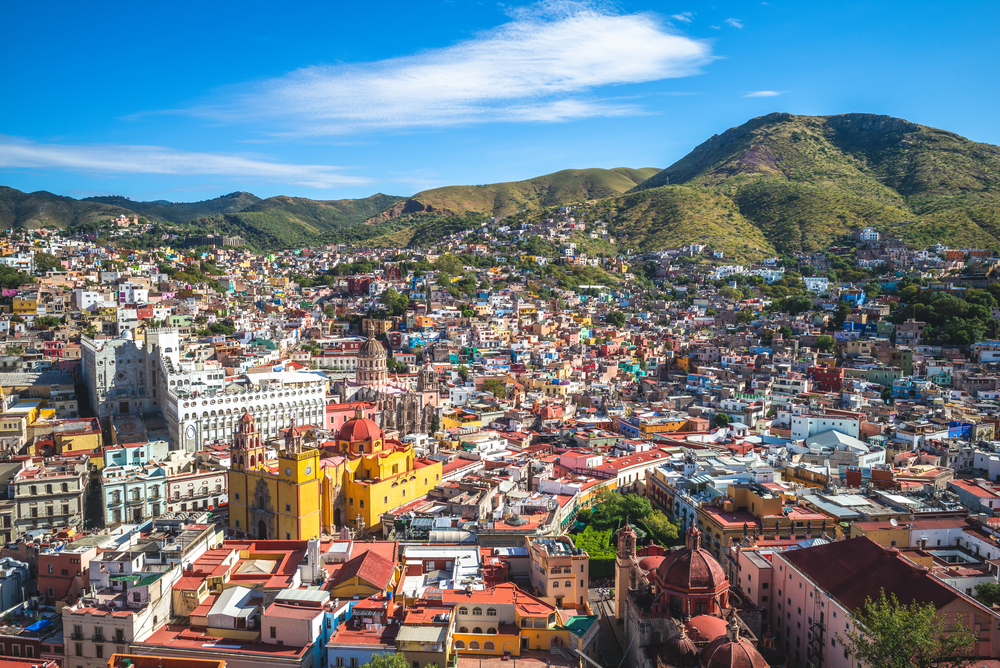
This colorful colonial city built its streets following the winding paths of former silver mining tunnels, creating a labyrinthine network that defies typical grid layouts. Many narrow alleys converge in tiny plazas, including the famous Callejón del Beso (Alley of the Kiss), where balconies stand merely 27 inches apart.
The city’s Mummy Museum displays naturally mummified bodies exhumed from the local cemetery when families couldn’t pay burial taxes, creating a macabre yet fascinating glimpse into local history that draws visitors from around the world.
New Orleans, Louisiana

This Mississippi River city maintains traditions found nowhere else in America, from second-line parades that transform funerals into celebrations to above-ground cemeteries with elaborate multi-story tombs. Local laws permit open containers on public streets. At the same time, the yearly Mardi Gras celebration includes mysterious krewes throwing prized coconuts and social clubs spending enormous sums on costumes worn just once.
Even death is commemorated differently here, with jazz funeral processions that begin with solemn dirges and transition to upbeat music once the body is ‘cut loose.’
Like Travel Pug’s content? Follow us on MSN.
Melbourne, Australia
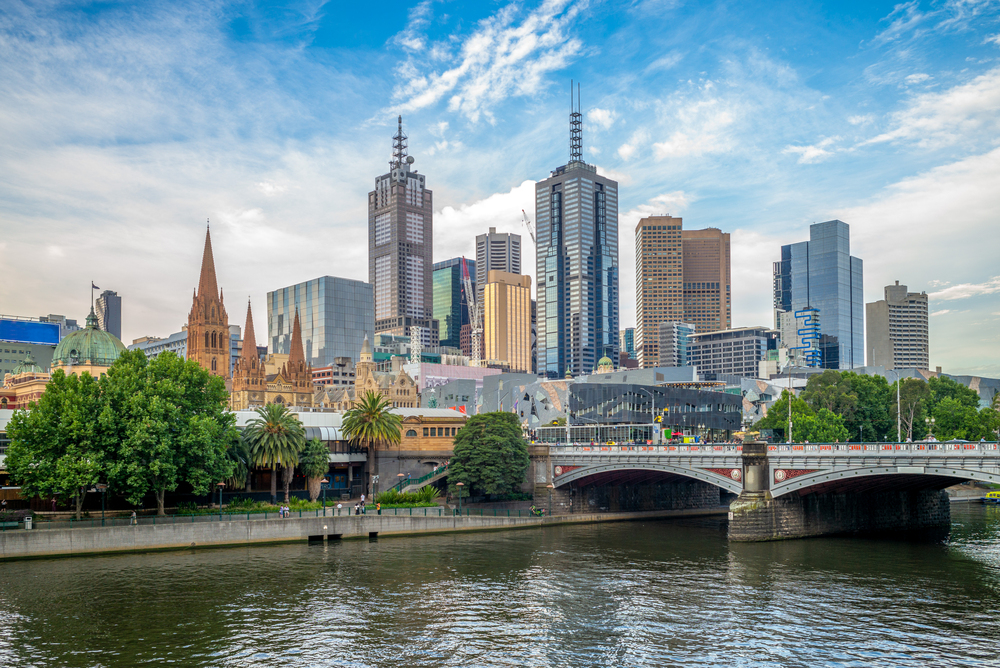
This Australian city hides its most interesting features in plain sight, with vibrant street art filling labyrinthine laneways that transform mundane alleys into open-air galleries. Coffee culture approaches religious devotion, with cafes hidden in converted factories, electrical substations, and even former public restrooms.
The city’s tramway restaurant travels the streets while serving full gourmet meals, and locals give directions based on extinct department stores rather than current landmarks, expecting visitors to understand references to buildings that disappeared decades ago.
Tokyo, Japan
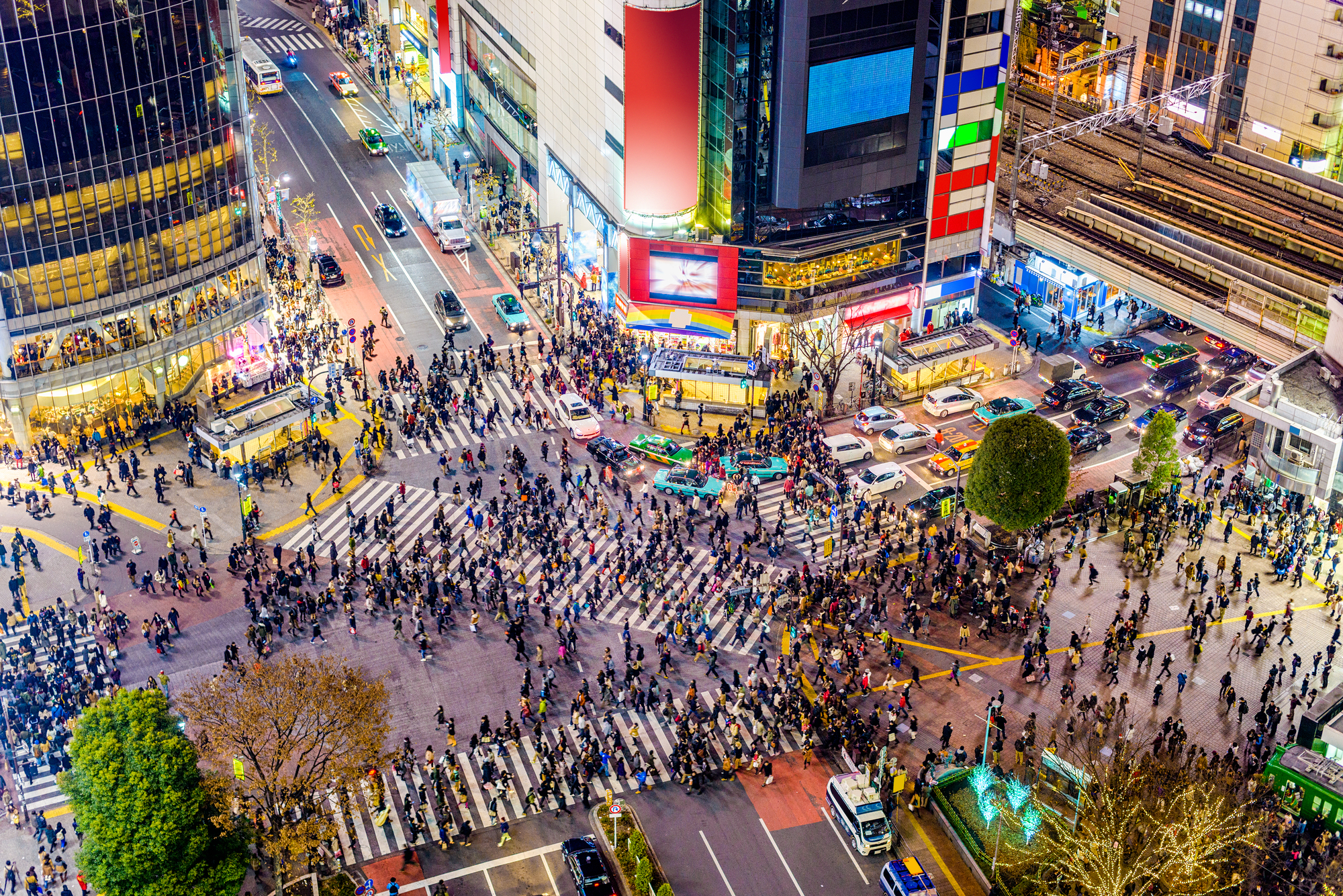
This massive metropolis embraces contradictions, juxtaposing ancient temples against buildings featuring giant robot statues and districts dedicated to specific obsessions. The city’s themed cafes include establishments where customers fish for their dinner, cuddle hedgehogs, or watch staff dressed as maids act deliberately clumsy while serving desserts.
Vending machines dispense everything from live rhinoceros beetles to flying fish soup. At the same time, the Shimokitazawa neighborhood hosts an annual festival celebrating the Japanese folktale character TTanuki—a mischievous raccoon dog often depicted with exaggerated features in folklore.
Sedona, Arizona
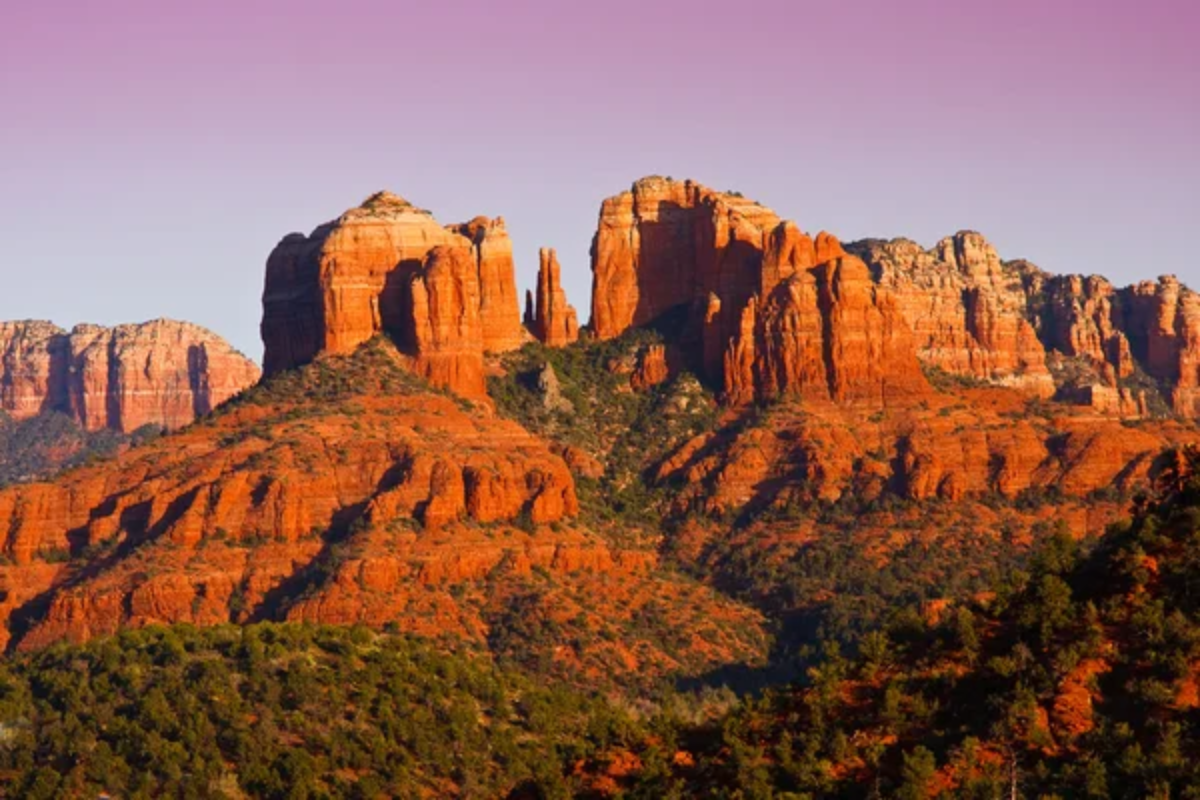
This desert community built its identity around energy vortexes—specific locations believed to emit mystical energy that facilitates meditation, healing, and spiritual awakening. Visitors hire guides to locate these invisible power spots, while numerous crystal shops offer stones that supposedly amplify the vortex effects.
The city strictly regulates outdoor lighting to maintain its Dark Sky designation, resulting in spectacular stargazing opportunities. Even the local McDonald’s features the only turquoise arches in the world after city officials decided the standard bright yellow would clash with the natural red rock landscape.
Like Travel Pug’s content? Follow us on MSN.
Brighton, England

This seaside resort town embraces counterculture with numerous vegetarian restaurants established long before plant-based eating became mainstream. The Royal Pavilion features a wildly incongruous Indian-inspired exterior surrounding Chinese-themed interiors, commissioned by King George IV as an exotic pleasure palace.
Every May, thousands participate in the annual Naked Bike Ride through central streets, while the yearly Burning of the Clocks parade features elaborate paper lanterns carried through town before being ceremonially destroyed on the beach, marking the winter solstice.
Budapest, Hungary
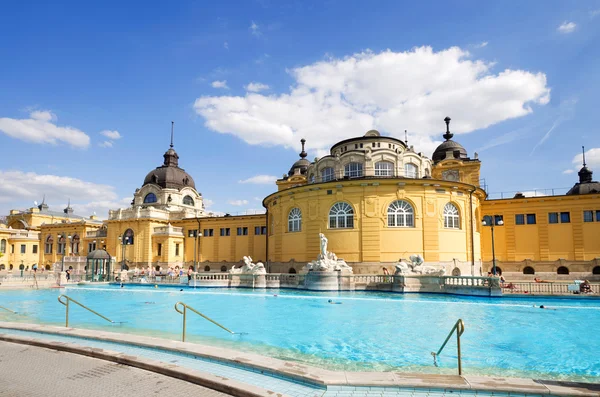
This eastern European capital transformed abandoned buildings into ‘ruin bars’—sprawling establishments furnished with mismatched flea market finds, bathtubs repurposed as sofas, and art installations constructed from communist-era artifacts. The city’s thermal baths host regular ‘sparties’ where young people gather for nightclub experiences in steaming medicinal waters, creating a surreal intersection of traditional Hungarian bathing culture and contemporary nightlife.
Local residents maintain a tradition of leaving literary quotations in unexpected places, with building walls, subway seats, and even manhole covers featuring lines of poetry.
La Paz, Bolivia

This Andean city built on impossibly steep hillsides employs costumed zebras as traffic directors—humans in full-body costumes who use humor and dance to enforce traffic laws and help pedestrians navigate chaotic intersections. The Witches’ Market sells dried llama fetuses, herbal remedies, and good luck charms to bury under new buildings as offerings to Pachamama (Mother Earth).
The city’s unusual transportation solution to its vertiginous topography is the largest urban cable car network in the world, with gondolas replacing buses as primary public transit.
Like Travel Pug’s content? Follow us on MSN.
Wellington, New Zealand
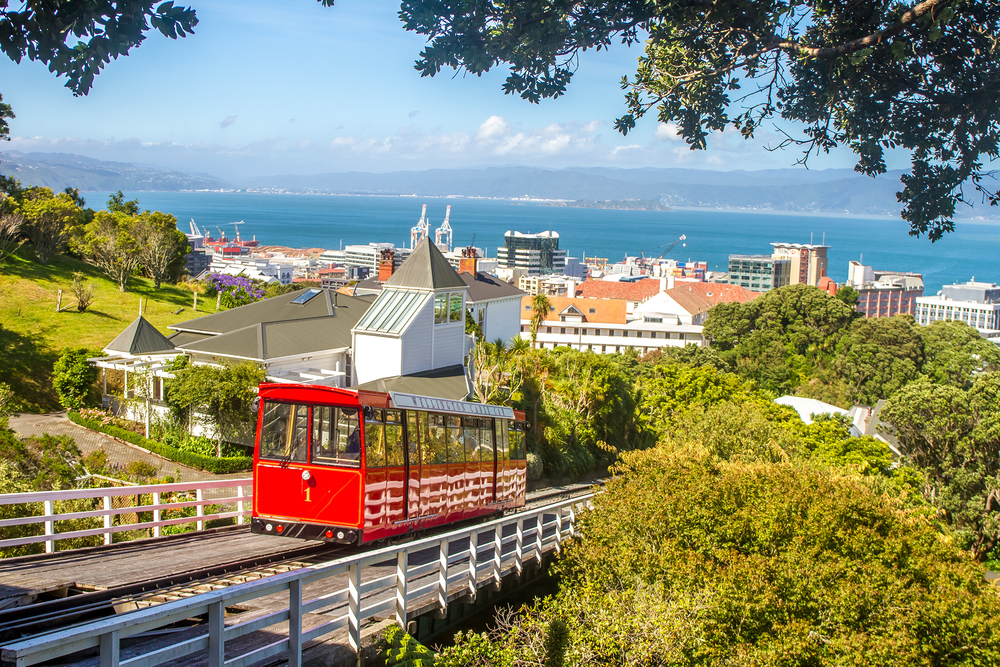
This windswept capital fully embraces its nickname ‘Windy Wellington’ with wind-related public art and specially designed buildings that channel gusts into pedestrian-clearing vortices. The city’s airport features a 14-foot Gollum sculpture suspended from the ceiling, while a giant hand known as ‘Quasi’ perches atop the City Gallery, unnerving passersby with its hyperrealistic appearance.
The central government building, nicknamed ‘The Beehive’ for its distinctive conical shape, sits adjacent to an older neoclassical building, creating an architectural juxtaposition that perfectly captures the city’s blend of traditional and bizarre.
Salvador, Brazil
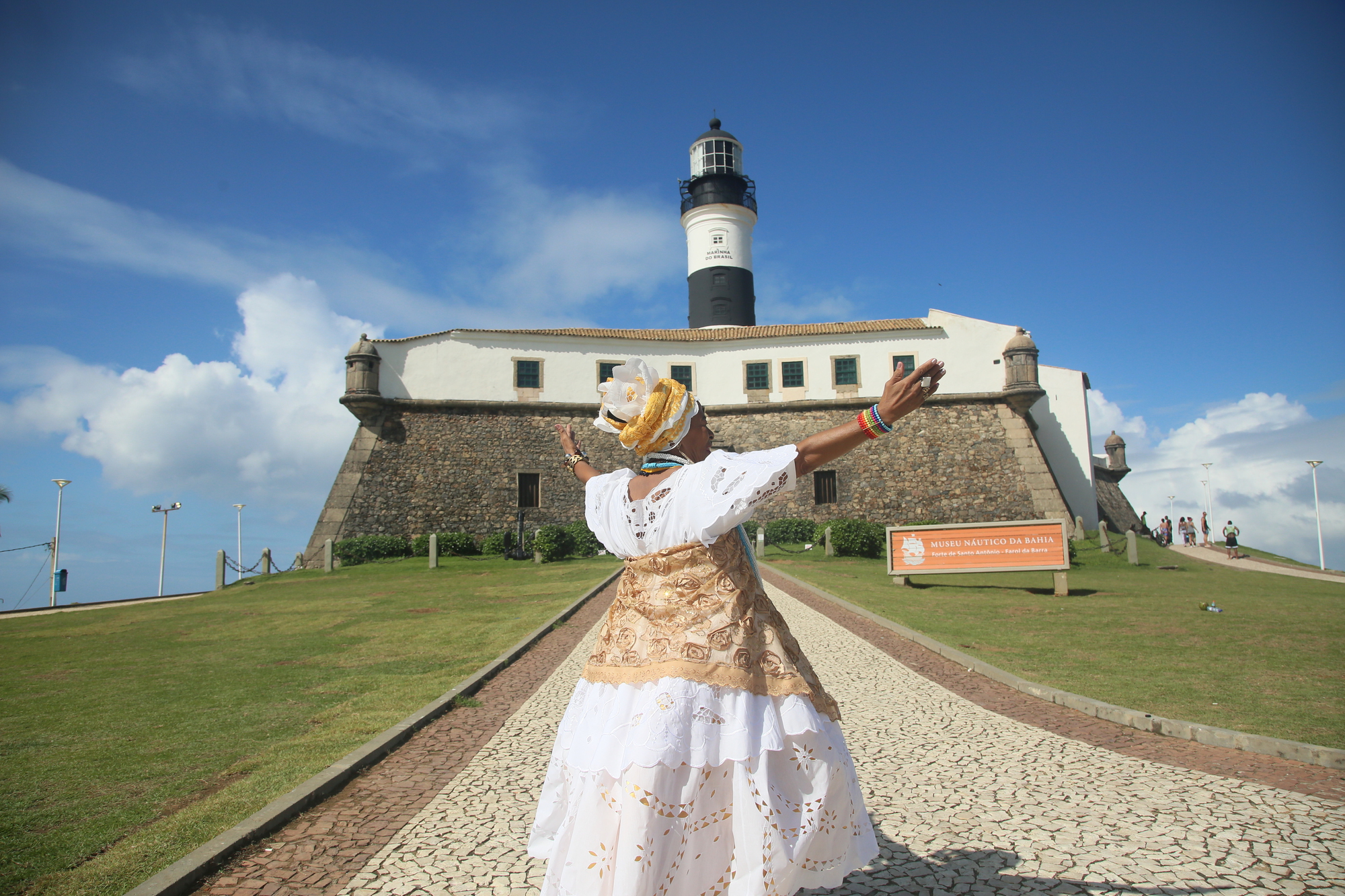
This coastal city maintains African-influenced traditions found nowhere else in South America, with locals practicing Candomblé—a religion combining Catholic saints with Yoruba deities—openly in the streets. The historic Pelourinho district features buildings painted in psychedelic color combinations that would be garish elsewhere but perfectly suit the city’s perpetually festive atmosphere.
Street vendors sell fita do Bonfim—colorful wish ribbons tied around wrists and secured with three knots, then left to disintegrate naturally, at which point the wishes supposedly come true.
Leipzig, Germany
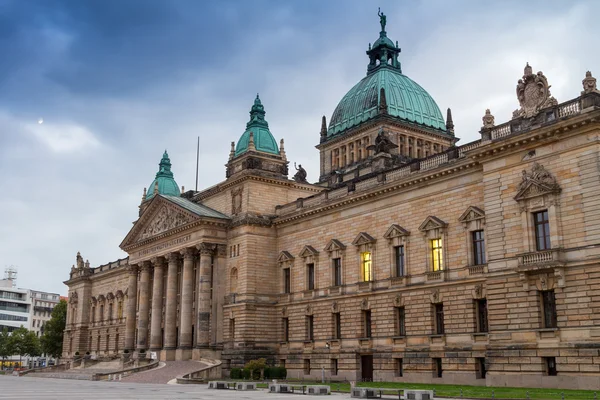
This former East German city transformed massive abandoned factories into cultural centers without erasing their industrial character, creating spaces where concrete mixing areas became dance floors and boiler rooms housed art galleries. The city’s Spinnerei—a converted cotton mill—features the world’s largest artificial surfing reef inside a former industrial water tank.
Perhaps most distinctive is the Asisi Panometer, where a massive gas storage cylinder now houses 360-degree panoramic artworks that visitors experience from elevated platforms, creating immersive historical recreations in a distinctly unusual industrial setting.
Like Travel Pug’s content? Follow us on MSN.
Kyoto, Japan

This ancient capital maintains traditions while incorporating surprisingly modern twists, including geisha performances conducted via Zoom and centuries-old temples with Twitter accounts. The city features restaurants specializing in fake food samples that are more artistic than the meals they represent, alongside vending machines dispensing fortunes, prayer cards, and omamori (lucky charms).
Each spring, the blooming of cherry blossoms becomes a religious experience, with companies publishing hourly blossom forecasts and public parks enforcing viewing schedules that allot precise time slots for blossom appreciation.
Valparaíso, Chile
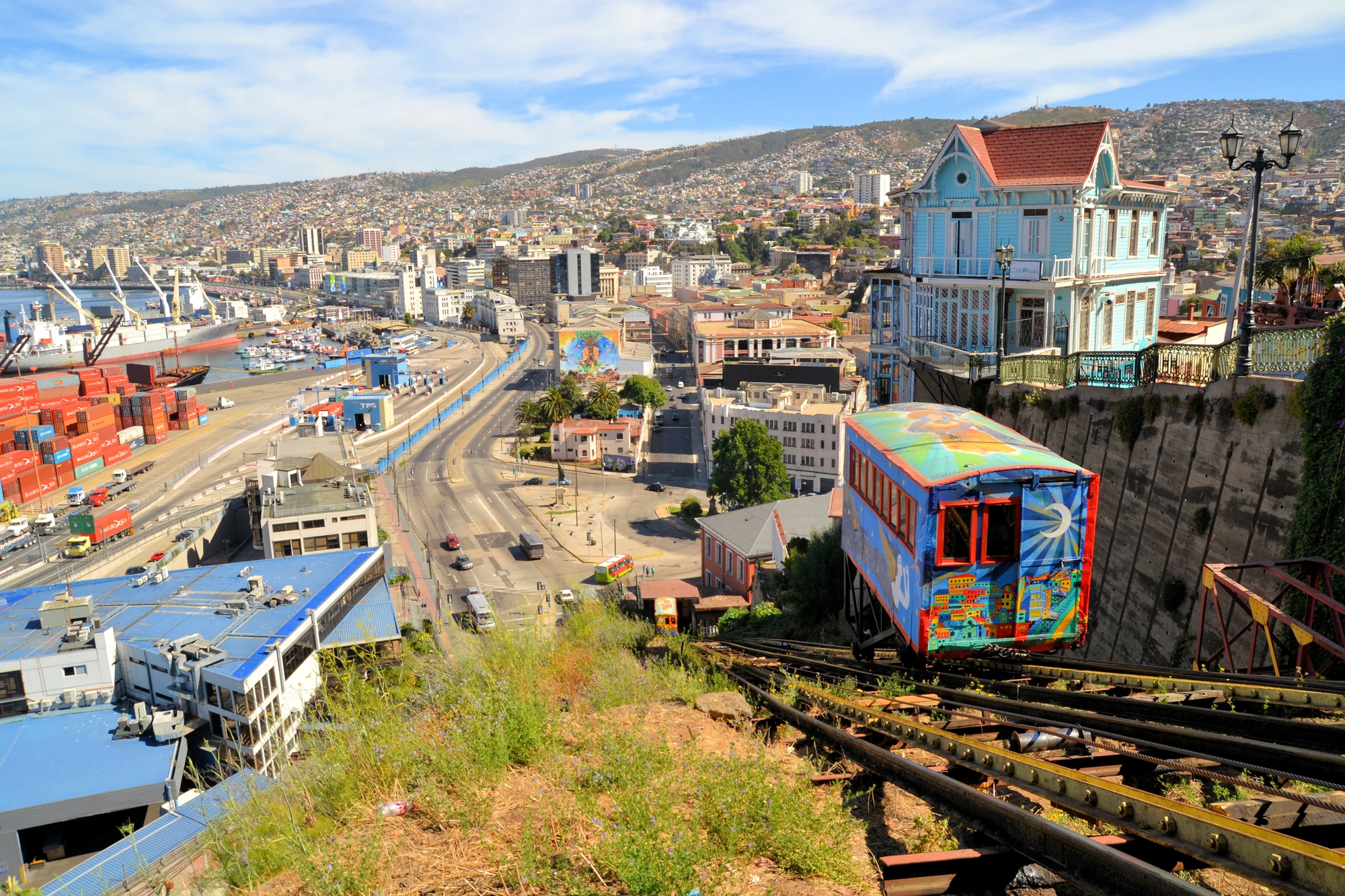
This Pacific port city, built across 42 hillsides connected by funicular elevators in the early 1900s, creates a three-dimensional urban experience unlike conventional cities. Nearly every vertical surface features murals, with even stairways painted in rainbow patterns that transform mundane transitions into artistic experiences.
The city’s houses famously use corrugated metal from shipping containers in their construction. They are painted in bold colors visible from miles away at sea, earning its nickname as ‘The Jewel of the Pacific.’
Saint Petersburg, Russia

This northern city celebrates its extreme daylight patterns during summer’s White Nights, when darkness never fully arrives and residents party until morning in perpetual twilight. Local traditions include placing wedding locks on bridges, then throwing the keys into canals to ensure lasting marriages despite the public works problems this creates. The city maintains several museums dedicated to oddities, including Russia’s only Museum of Soviet Arcade Machines, where visitors exchange Soviet-era coins for attempts at playing restored games from the 1970s and 80s.
Like Travel Pug’s content? Follow us on MSN.
Oaxaca, Mexico

This southern Mexican city elevates the preparation of chapulines (toasted grasshoppers seasoned with lime, garlic, and chili) from street food to culinary art, with varieties sorted by size and tenderness. The annual Night of the Radishes features elaborate sculptures carved from oversized radishes grown specifically for the competition, depicting nativity scenes and historical events.
During Día de los Muertos celebrations, residents construct elaborate sand tapestries in the streets, knowing these painstaking creations will be deliberately walked upon and destroyed as part of the ceremony.
Cape Town, South Africa
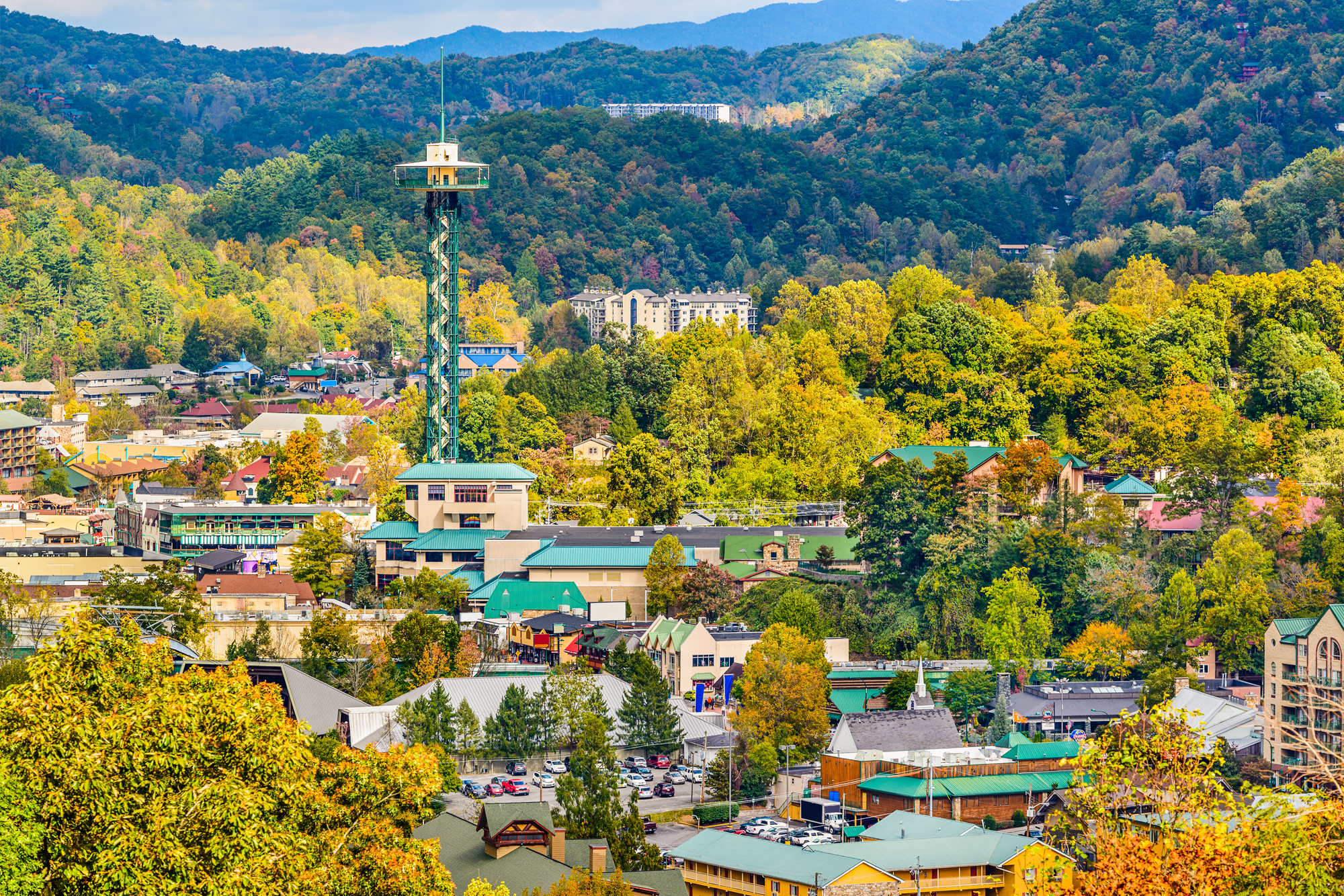
This coastal city preserves the colorful homes of the Bo-Kaap neighborhood, originally painted bright colors by former slaves celebrating their freedom through previously forbidden expression. The city features unusual wildlife encounters, including African penguins at Boulders Beach and baboons that have learned to open car doors and hotel windows in search of food.
Perhaps most unusual is the entirely serious problem of dassies (rock hyraxes) overrunning Table Mountain—small mammals that resemble guinea pigs but are actually the closest living relatives to elephants, a biological oddity visible throughout the city’s most famous landmark.
Amsterdam, Netherlands

This Dutch capital embraces its unconventional spirit with tilting houses that lean forward by design, originally built to make it easier to haul goods through upper windows without hitting the facades. The city maintains floating homes for both humans and cats, with dedicated houseboats serving as sanctuaries for feral felines, complete with tiny gangplanks for easy access.
Local cuisine includes automat vending walls where hot foods like croquettes are dispensed from small heated compartments. This century-old tradition predates modern fast food, yet feels futuristic to visitors experiencing it for the first time.
Like Travel Pug’s content? Follow us on MSN.
Perfectly Peculiar

These cities demonstrate that urban identity thrives when communities embrace their unique characteristics rather than conforming to standardized expectations. From infrastructural adaptations to geographical challenges to celebrations of local folklore, these destinations transform potential disadvantages into cultural signatures.
In prioritizing authenticity over conformity, these wonderfully weird cities remind travelers that the most memorable places often come with a healthy dose of the unexpected. They prove that when it comes to urban personality, normal remains highly overrated.
More from Travel Pug

- Cities Growing so Fast You Won’t Recognize Them in 10 Years
- 13 Destinations Where Tourists Regularly Regret Their Trip
- 16 U.S. Cities That Are Quietly Becoming Travel Hotspots
- Where to Travel If You Love Long Bus Rides and Daydreams
- 20 Cities Perfect for Solo Travelers Who Crave Adventure & Culture
Like Travel Pug’s content? Follow us on MSN.
